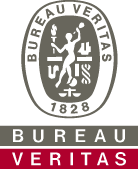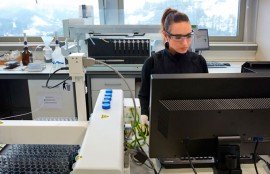
Transformers are a vital resource in the processes of generation, transport, distribution and use of electric energy, so despite what little attention they usually attract from maintenance supervisors, they are a component present in industrial installations that requires specific care.
The transformer is a robust and expensive piece of equipment, whose lifespan in normal operating conditions can be prolonged much further beyond the useful life prescribed by the manufacturer.
Nevertheless, it must be taken into account that the external and internal conditions can affect the transformer, and can subsequently shorted its useful life, causing defects, faults or even breakdowns that, in some cases, can be catastrophic, affecting people and goods.
The cost of an unscheduled shutdown or a catastrophic event, in addition to affecting people and everything that this entails, it has economic and image-related repercussions that can have a very serious impact on the owner.
Maintenance related to health and safety
Therefore, it is necessary to plan maintenance activities in transformers with two aims: to prolong the useful life and ensure the unit works in conditions of maximum reliability.
In this sense, it is important to differentiate two activities that may seem to converge when in reality they are complementary. They are the statutory inspections carried out by an Authorised Inspection Body (hereafter AIB) and maintenance.
Official inspections must be performed by an AIB within the time frames set by RD 3275/1982 (at least every 3 years) and their objective is to establish the conditions and technical guarantees to which electrical installations of more than 1,000 volts are subject, in order to:
- Protect people and the integrity and function of the goods that may be affected by the installations themselves.
- Achieve the necessary regularity in the supply of electrical energy.
- Establish the standardisation necessary to reduce the extensive classification that exists in the manufacture of electrical equipment.
- The optimum use of investments to facilitate, from the project of the installations, the possibility of adapting them to future increases in loads that can be rationally anticipated.
In June 2016 the new RD 337/2014 came into effect. Therefore, the inspections made by an AIB of transformers ensure all aspects of health and safety, but they are not a way to determine the condition of the unit that helps extend its useful life and improve its reliability. The AIB reports go to the government, unlike diagnosis reports, which aim to identify actions for the maintenance department.
Starting from the fact that the transformer complies with the health and safety conditions, there are a number of methods to determine the condition of a transformer.


